The rising use of a new designer drug known as “flakka” has brought attention back to the dilemma of designer drugs in general, which are flooding the market legally, regardless of their addictive and fatal nature. The use of flakka came to awareness recently with a flurry of news stories featuring unusual Florida cases, where users exhibited super human strength, sky high body temperature, and hallucinations – a condition known as “excited delirium.” Like other synthetic psychoactive drugs, flakka is not presently illegal to sell or to use, and is often sold openly, sometimes even online. Designer drugs are promoted as “legal highs” with names that sound wholesome, like “spice,” “butter,” “plant food”, and “meow meow.”
While the use of traditional drugs is considered stable, there has been an increased demand for designer drugs that are far more dangerous, referred to as “new psychoactive substances” (NPS) in the 2014 World Drug Report. According to the report, the popularity of cannabis – still the most popular illicit substance – is declining, while the abuse of prescription and new designer drugs climbs steadily. “Designer drugs” are so dubbed because their composition is based on existing, illegal, recreational drugs with modified chemical structures that keep them under drug enforcement radar.
Officials are asking the public to keep an eye out for new designer drugs like flakka. Comprised of rocklike, crystalline pebbles, flakka looks something like “bath salts,” a designer drug that has been banned in several states. Flakka is sometimes sold as “$5 insanity,” indicating that someone can get high with a $5 hit. One of the chief concerns with flakka and other synthetic drugs is that suppliers, as well as users of the drugs, are often naïve about what is actually in them. Lacking in purity, there is no way of knowing what the new drugs are cut with or what level of harm they might cause.


Recent Comments